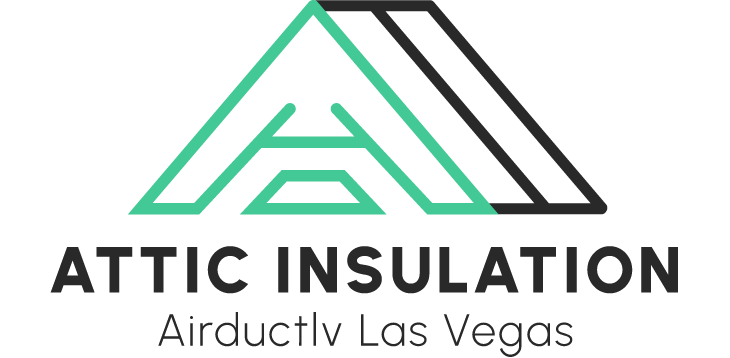When building a new house, selecting the best attic insulation is essential for long-term savings, indoor comfort, and energy efficiency. Choosing the best insulating material depends on a number of criteria, including home design, price, and climate. This article compares the advantages and efficacy of the top insulation choices for new construction.
Best Insulating Materials for New Home Construction:
Fiberglass, spray foam, cellulose, and rigid foam boards are the main materials used for insulating a new home. The performance, cost, and lifetime of insulation are influenced by the distinct qualities of each material.
| Insulation Type | R-Value per Inch | Cost per Sq. Meter (approx.) | Best For | Pros | Cons |
| Spray Foam | 6.0 – 7.0 | $43 – $65 | Attics, Walls, Rim Joists | Superior air sealing, high R-value, moisture resistance | Expensive, requires professional installation |
| Fiberglass Batts | 3.0 – 4.0 | $21 – $32 | Walls, Attics | Affordable, easy to install, fire-resistant | Lower R-value, can trap moisture |
| Blown-in Cellulose | 3.2 – 3.8 | $21 – $32 | Attics, Wall Cavities | Eco-friendly, good for existing homes, fire-resistant | Can settle over time, absorbs moisture |
| Rigid Foam Board | 4.5 – 5.0 | $32 – $43 | Basements, Walls | High R-value, moisture-resistant, durable | Higher material cost, complex installation |
| Mineral Wool | 4.0 – 4.3 | $32 – $43 | Walls, Ceilings | Fire-resistant, soundproofing properties | More expensive than fiberglass |
Best Attic Insulation for New Homes: Spray Foam vs. Fiberglass vs. Cellulose
When it comes to controlling indoor temperatures, attic insulation is essential. The best materials compare as follows:
-
Spray Foam Insulation:
- Pros: High R-value, stops air leaks, long-lasting, moisture-resistant
- Cons: Pricey, requires expert installation
- Ideal for: Maximum energy efficiency and air sealing.
-
Fiberglass Insulation:
- Best suited for: Cost-conscious households seeking dependable insulation
- Pros: Reasonably priced, fireproof, and simple to install
- Cons: More prone to air gaps, lower R-value than spray foam
-
Blown-in Cellulose Insulation:
- Best for: Eco-friendly and fire-resistant insulation Blown-in cellulose insulation
- Pros: Recycled material, good coverage for uneven spaces
- Cons: Over time, it may settle and lose its ability to insulate.
Best Open Wall Cavity Insulation for New Homes:
In new construction, take into account the following while insulating open wall cavities:
- Spray foam: Offers the best qualities for air sealing.
- Fiberglass Batts: inexpensive and simple to install
- Wet Applied Cellulose: Provides better fire resistance and coverage.
Best Crawl Space and Rim Joist Insulation for New Homes:
Moisture-resistant insulation is necessary for rim joists and crawl spaces:
- Fiberglass batts are less effective at controlling moisture but are more affordable.
- Closed-cell spray foam is the best at preventing moisture damage and boosting structural strength.
- Rigid foam board: Provides durability and moisture resistance, making it an excellent choice for crawl space insulation.
Meeting Building Codes with Insulation:
- A minimum attic R-value of R-38 to R-49 is required by the majority of Nevada building codes.
- Fiberglass and spray foam insulation can assist achieve these goals while increasing energy efficiency.
- To avoid mold and heat accumulation in attics, adequate ventilation and moisture management are crucial.
Choosing the Best Insulation for New Home Construction:
When choosing insulation, take into account:
- Budget: Spray foam offers long-term savings, whereas fiberglass and cellulose are more affordable.
- Climate: Because of the extremely high temperatures in Las Vegas, high-R-value insulation is crucial.
- Energy Savings: The most energy-efficient foam boards are rigid foam and spray foam.
- Resistance to Moisture: Closed-cell spray foam and rigid foam guard against moisture damage.
Conclusion:
Your budget, your energy efficiency objectives, and the climate all influence the optimum attic insulation for new home construction. While fiberglass batts offer a more affordable option, spray foam insulation delivers the best performance. For those that care about the environment, cellulose insulation is the best option. Selecting the appropriate insulation for your house will result in long-term savings, improved indoor comfort, and reduced energy costs.
Get in touch with Attic Insulation Las Vegas right now for professional attic insulation services in Henderson and Las Vegas!

